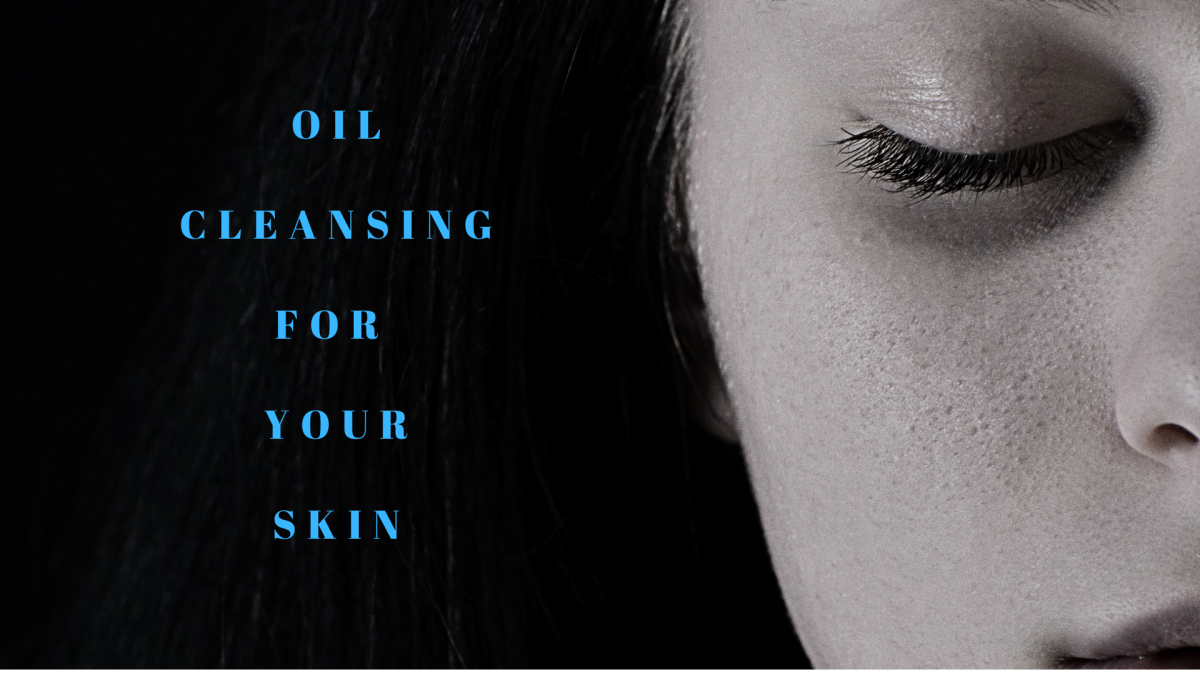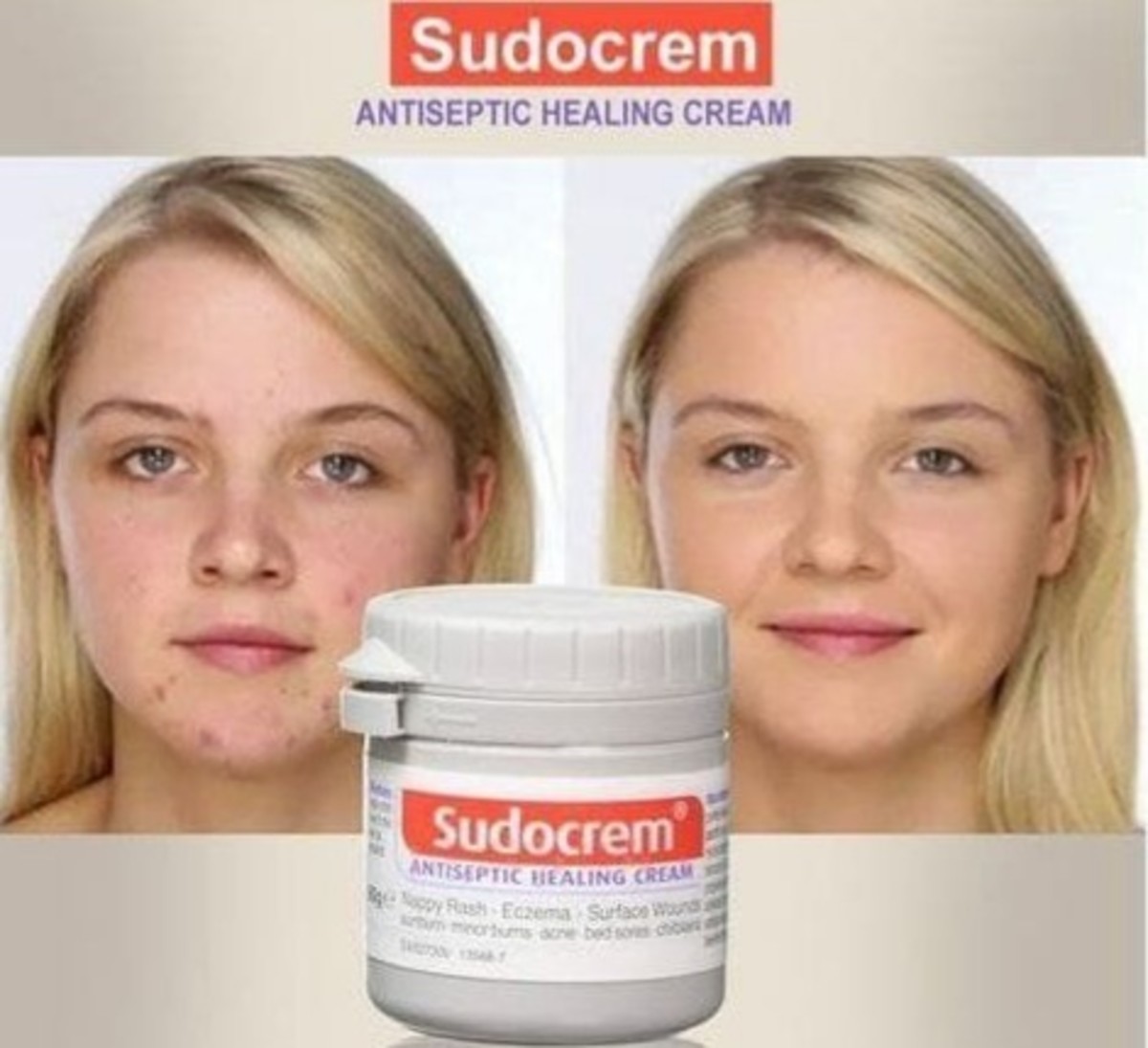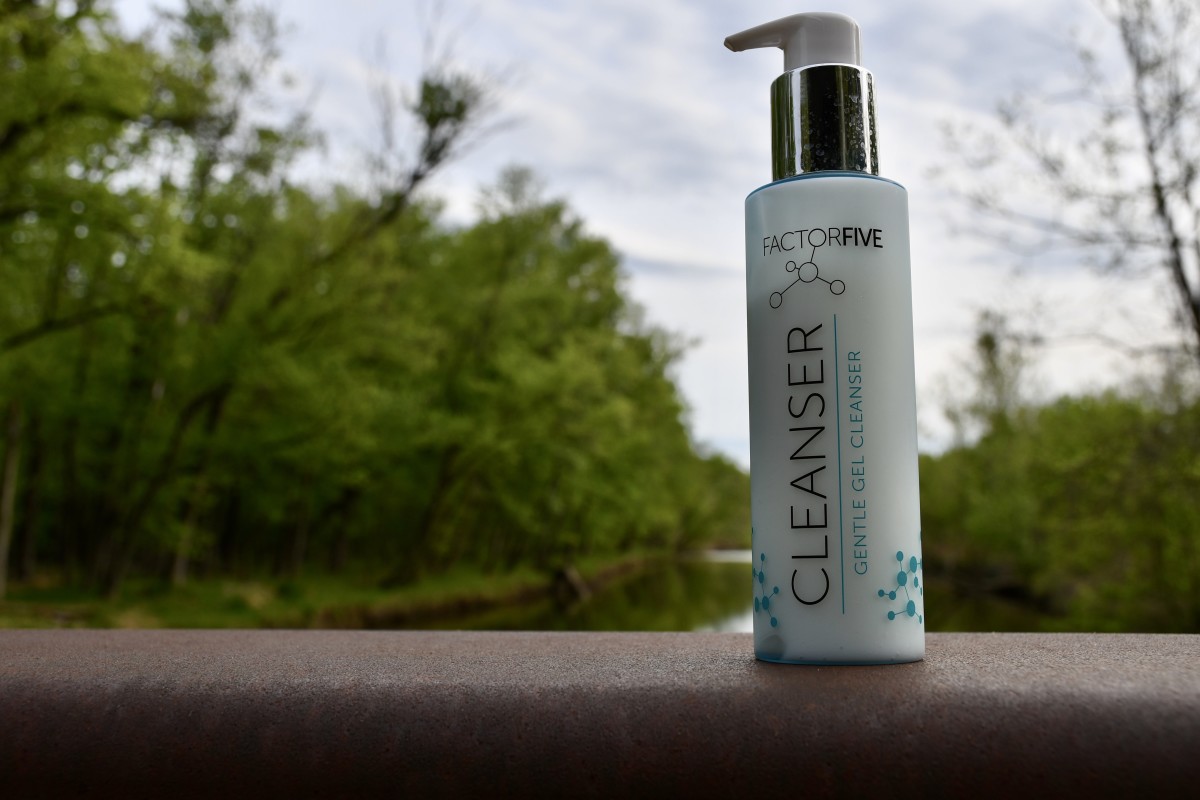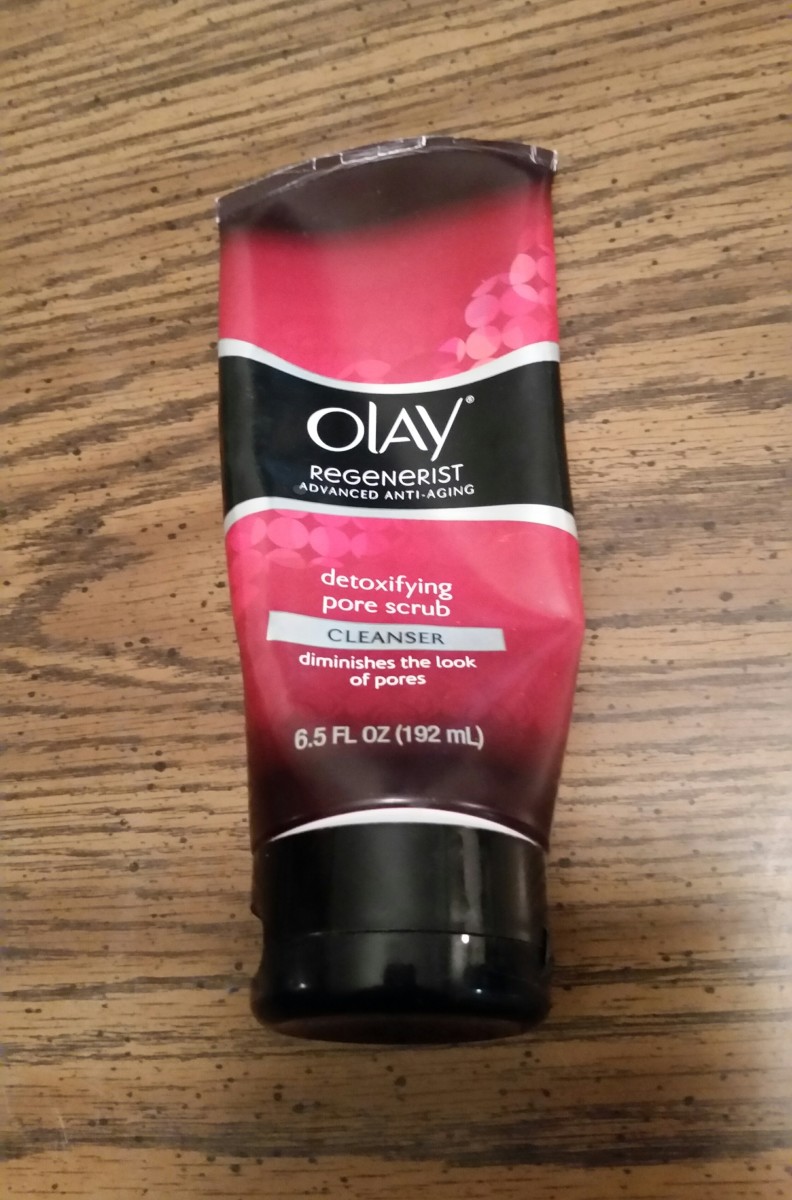Milk - One Of the Bad Acne Foods
When you think of food that is bad for your skin – especially if you have an acne problem – probably fries, chocolate and pizza come to mind; certainly not milk. Most of us grew up on milk and it was probably still very prominent in our diets during those particularly uncomfortable teenage acne years; yet no one suggested we eliminate this staple from our diet as a potential acne solution. Well, studies have shown that milk is not good for clear healthy skin and here we look at why.
Firstly let’s review what happens when you have acne. The mechanism is really quite simple: You have sebaceous glands in your skin that produce sebum (or oil) in order to prevent the skin from drying out. With acne, these sebaceous glands produce too much sebum. What then happens is that the sebum mixes with bacteria and dead skin cells and the result is clogged skin pores. This is the ideal environment for pimples, blackheads and whiteheads to form.
The problem with milk arises in the fact that it causes increased sebum production as well as increased production of cells which then die and block pores. Your first thought might be that it is the saturated fats which are present in milk that cause the problem, but this is not the case; it is the hormones that are found in milk as well as issues around inflammation – and another point is the iodine-content in milk.
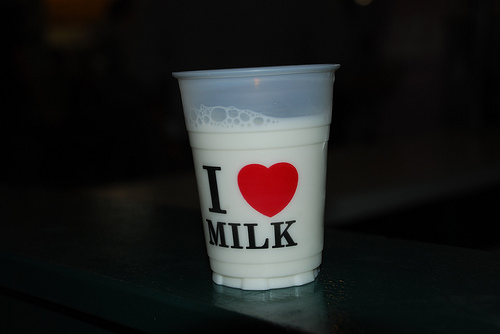
The Acne-causing Hormones in Milk
The first hormone to be concerned about is dihydrotestosterone (DHT). Now, this hormone itself is not found in milk, but 5a-pregnanedione and 5a-androstanedione which are precursors to this hormone, are present. When we ingest these two hormones, our body needs to convert them to DHT. The enzymes that are required for this process are contained in skin glands. As soon as the body detects these particular hormones, it triggers the creation of more sebum in skin glands in order to carry out the conversion to DHT. The increase in sebum aggravates the acne problem.
Other hormones present in milk that cause problems with acne are the growth hormones. It makes sense that these are prevalent as milk is nutrition for growing infants. The main concern in this instance is Insulin-like Growth Factor-1 (IGF-1). IGF-1 increases sebum production and stimulates the growth of skin cells. The faster the skin cells grow, the faster they die and the more cells there are to block pores. (It also means faster aging.)
Furthermore, cows are given injections of recombinant bovine growth hormone (rBGH) to increase milk yield and these cause the levels of IGF-1 to rise by 10 percent.
Just by the name, you can see that IGF-1 is related to insulin. Another problem, as insulin also stimulates sebum production. Those with acne need to avoid insulin spikes as extreme blood sugar spikes result in hormonal reactions that increase sebum production and turnover of skin cells. Not an environment for natural healthy skin.
Chronic Inflammation and Acne Control
When our body is exposed to injury, disease or toxins, the immune system responds. It functions to attack and eliminate anything harmful. The result of this attack is inflammation. Inflammation in the skin aggravates acne.
What is the link between this inflammation and milk? Well, milk tends to have significant levels of pesticides, antibiotics, bacteria and other elements to which our body’s immune system will respond. When we drink it, we trigger these attack processes in our body and inflammation spreads throughout our body.
Furthermore, the homogenization process that milk undergoes can result in an increased number of allergens. An allergic reaction in the body also causes inflammation – and hence the potential for increased acne.
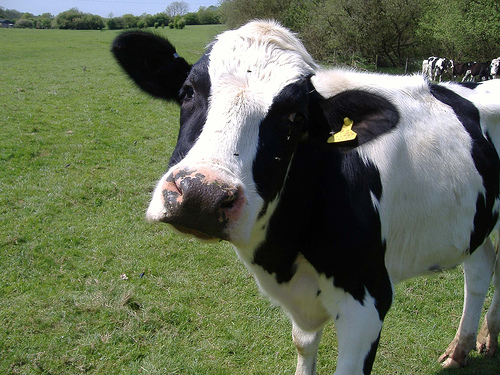
Iodine and Acne Problems
Iodine in milk is also considered to be a possible factor in increasing the severity of acne. Cows are given iodine-fortified feed in order to prevent infection. Furthermore, iodine solutions are used to sanitize cows’ udders and the milking equipment. As a result, milk tends to have a high iodine content.
From studies in the 1960’s it has been shown that increased iodine ingestion can exacerbate acne.
Milk and Bad Acne - Case Studies
It’s all fine and well talking about the mechanisms of milk and acne problems, but what about evidence? Well, that there is:
In 2005 Dr Walter Willett and his colleagues at the Harvard School of Public Health undertook to investigate the link between milk and acne. They used the results of a previous research project (Nurses Health Study II) which was undertaken in 1998 to determine their conclusions. In this study the women completed questionnaires regarding their diet as teenagers (in 1989). They also had to indicate if they had ever been diagnosed with severe acne. Willett and his colleagues drew their conclusions from the study of 47,335 women.
They showed that women who drank two or more servings of total (regular) milk each day were 22 percent more likely to suffer from severe acne. For those that drank significant amounts of skim milk, the figure increased to 44 percent. So, drinking over two glasses of skim milk per day can increase a woman’s chances of severe acne by 44 percent. (The figures for whole milk and semi-skimmed milk were 12 and 16 percent respectively.) Instant breakfast drink, sherbet, cottage cheese, and cream cheese were also positively associated with acne.
The researchers concluded:
“We found a positive association with acne for intake of total milk and skim milk. We hypothesize that the association with milk may be because of the presence of hormones and bioactive molecules in milk.”
In 2006, a Harvard team studied milk consumption and acne in adolescent girls. This study involved 6,094 girls between the ages of 9 and 15 years in 1996.
The comparison between the highest milk consumption or more than two servings per day with the lowest being less than 1 serving per week again showed significant levels.
Their official conclusion:
“We found a positive association between intake of milk and acne. This finding supports earlier studies and suggests that the metabolic effects of milk are sufficient to elicit biological responses in consumers.”
Then in 2008 there was a study on milk consumption and teenage boys. Here 4,273 boys were studied. The conclusion:
“We found a positive association between intake of skim milk and acne. This finding suggests that skim milk contains hormonal constituents, or factors that influence endogenous hormones, in sufficient quantities to have biological effects in consumers.”
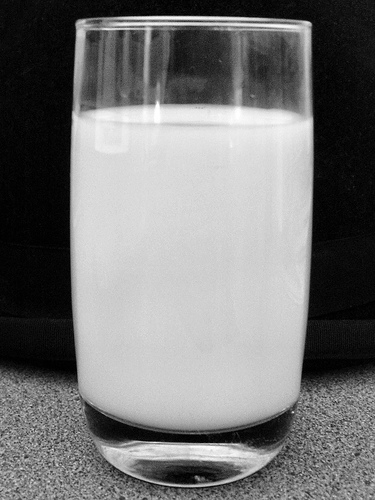
What Can You Do About It?
Milk and acne are linked. The best is to eliminate milk from your diet. If this seems like too big a step, try go without it for a week at least and see if it makes a difference. You may feel the sacrifice is worth your while. You can always try alternatives, such as soy products, as substitutes.
Be aware that even if milk is labeled “hormone-free”, this doesn’t mean it is “safe” for problems with acne. It means that the milk comes from cows that have not been injected with hormones to increase their milk production. The milk still has its natural hormones that cause problems.
Milk truly does have an effect on your skin and, if you have an acne problem, it is likely to make matters worse. If you are serious in your search for acne solutions, avoiding milk is one of the major acne tips you can get.
- How to Lose Weight and Gain Energy with a Food Combining Diet
There are countless diet programs, food tips and meal plans available. All have their own special advice; however, although they are telling you how much to eat and maybe when, not many talk about food combination... - Perricone 3-day Facelift Diet
A facelift in 3 days sounds too good to be true doesn’t it? Well, this is what Dr Nicholas Perricone’s 3-day diet promises you: clear healthy skin that looks younger too...
Image credits: Joe Shlabotnik; Cathy, Sam, Max and Mai; striatic



